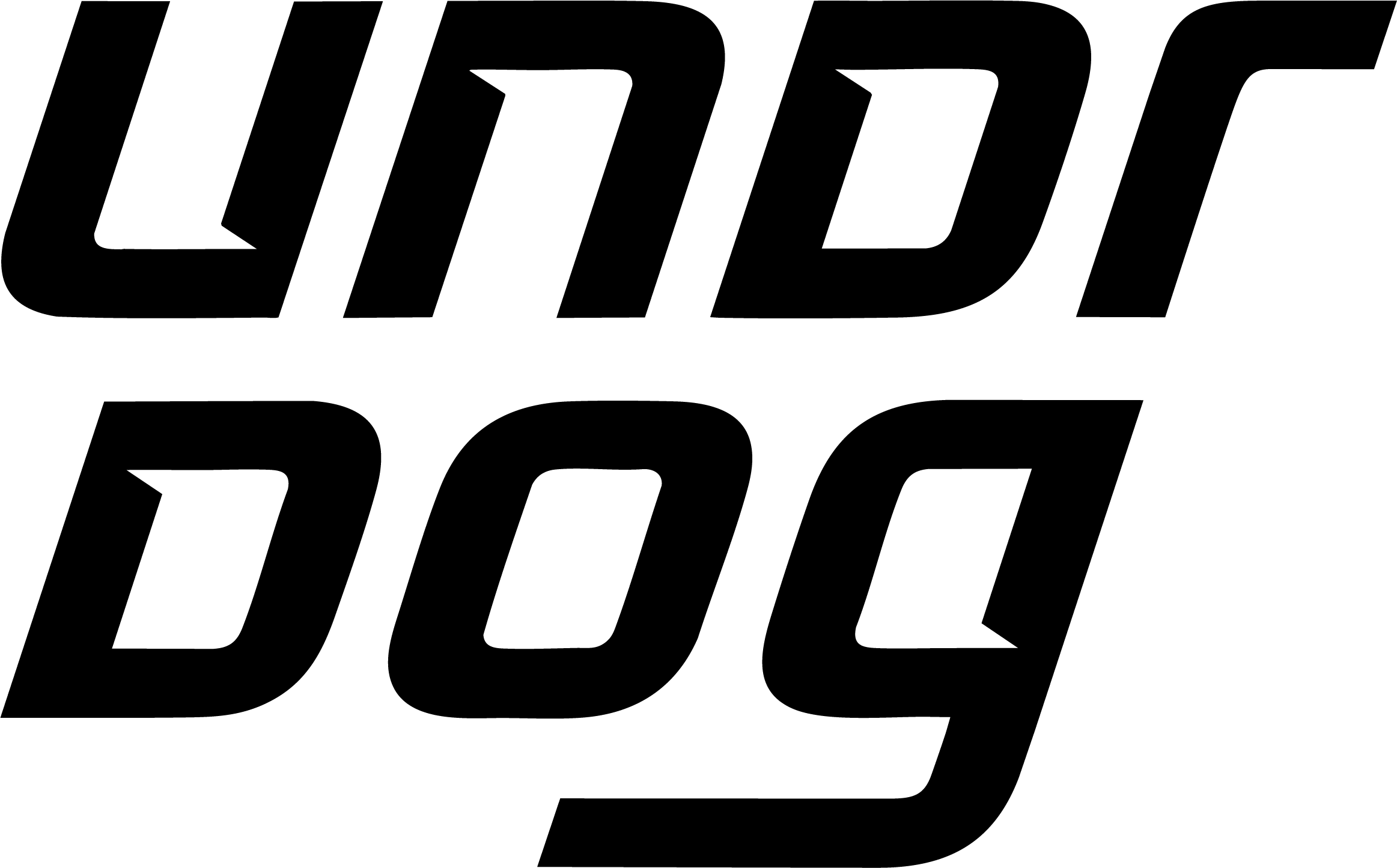Starting a detailing business? The journey can be as exciting as it is daunting. First and foremost, you need to define the direction that the company will move in. That’s what crafting a business plan is all about. It’s like a roadmap outlining your vision, goals, and methods to get to the desired destination.
Why do you need this document after all? Well, a budding entrepreneur like you will most likely need to look for potential investors or take a loan from a bank. That’s where a business plan will come in handy. It acts as a communication device, ensuring that potential investors, partners, and stakeholders can get the idea of the venture.
Secondly, a business plan details your services, such as luxury car detailing, eco-friendly cleaning solutions, or bespoke interior restoration. It outlines everyday business activities like finances, marketing, and operations. As such, you’ll get a clear picture of what to do to ensure your passion for detailing cars to a high standard can be realized in reality.
Even if you're operating as a one man band and offering handyman services, you need to have a sense of direction and this is exactly what a busines plan gives you.
In this article, we’ll describe the essential components of a business plan for a detailing business. We’ll help your company stand out from the rest without missing any finer details.
Executive Summary
It’s the first section of your business plan. It should be half a page to one page long, explaining what makes your business worth investing in. Consider it as an introduction to your company. The goal is to hook readers’ attention to encourage them to explore more.
In most cases, it’s better to get down to this section last thing after creating the whole business plan. Why? The reason is that this way, you’ll be able to extract the most important ideas after conducting a comprehensive analysis of your future organization. Here are the sections the executive summary should include.
Introduction
Set the tone of the document and specify your brand name and its primary mission. For example, “XYZ Detailing: Precision and Passion in Car Care.”
Business identity
What type of detailing business are you establishing? Is it a high-end shop, a mobile service, or a combination of both? The reader should clearly identify it. Describe where you plan to operate location-wise and any niche markets you aim to target, such as:
- luxury car owners;
- environmentally-conscious consumers;
- corporate fleets.
Commitment to quality
If you’re striving to use premium products and equipment, mention it. List specific brands or types of products that meet your criteria related to quality. Highlight your distinguishing features, e.g., unique selling points (USPs) that set this brand apart from others. For example, they can be eco-friendly products, specialized services like ceramic coatings, paint correction, or any other exclusive offerings.
Operational overview
That’s where you need to briefly outline your service offerings:
- exterior and interior detailing;
- engine cleaning;
- any additional services.
Summarize your operational model. Will you provide mobile services, run the business from a set location, or both?
Market positioning
Describe your vision of establishing a distinct identity and place for your business within the market or industry. For instance, how will you attract the target audience? You may do it by selling special packages for luxury car owners or eco-friendly options for customers focusing on environmental protection.
Financial snapshot
Financial aspects also matter to the executive summary. Quickly overview financial information, including initial investment, expected revenue in the first year, and any funding sources.
Closing statement
It’s the last statement in this section, so make it compelling and motivational. Encapsulate the business essence and aspirations, like “XYZ Detailing: Cleaning cars, delivering an exceptional detailing experience, and measuring up to the high standards of our discerning clientele.”
Make your executive summary as specific as possible. Provide precise growth projections, such as a 150% annual growth rate over the next two years, rather than just saying that you anticipate rapid expansion.
Market Analysis

When developing a business plan for your detailing company, you’ll need to understand your place in the market. Who are your competitors, and what do they do to win their audience share? Who are your potential customers, and what exactly will they need from your business? To answer these questions, you need to conduct a thorough market analysis. That’s what this process includes:
- Using online tools like Google Trends and resources like industry reports and local market statistics. They provide a comprehensive view of how the car detailing industry develops and how consumer preferences change.
- Analyzing competitor performance. Competitors can be a great source of inspiration and insights. Leverage tools like SEMrush or Ahrefs, visit their websites and check their service offerings, pricing, and customer reviews.
- Connecting with your audience. One of the best ways to understand the preferences of your potential customers is to conduct surveys or informal interviews. Consider platforms like SurveyMonkey or leverage social media polls.
Let’s assume you’re trying to identify current trends and opportunities. You may observe a rising interest in eco-friendly products or the popularity of mobile detailing services. Tailor your services to meet these needs. Offer biodegradable and non-toxic cleaning products. For long-term pain protection, provide Undrdog coatings as a premium protective finish. As such, look for specific opportunities in your area.
When defining the target market, outline the following details about prospective clients:
- Demographics and psychographics (age, income level, interests, and lifestyle). Your target demographics might include middle-aged professionals with disposable income or car enthusiasts interested in high-end detailing services.
- Pain points and preferences. Your target audience may need more convenient detailing services or high-quality, eco-friendly options. Think of how your services can solve their problems.
Unique Selling Proposition (USP)
The next critical component of your detailing business plan is a unique selling proposition (USP). That’s what sets you apart from the rest and why customers should come to you rather than your competitors. So, here is how to craft your USP.
Highlight the exceptional. Is it the exclusive use of high-end products that makes your detailing service stand out? Or perhaps it’s a specialized detailing technique that’s rare in your area. Dedicate a section where you’ll pinpoint and elaborate on these unique aspects.
Emphasize quality as a priority. From the products you use to the customer experience you provide, stress your commitment to quality. Explain how your choice of premium products contributes to superior detailing results and customer satisfaction.
Align the USP with clientele needs. Once you’ve collected information about your audience in the previous step, tailor your USP to resonate with your target market. Suppose your primary clientele consists of luxury car owners. What should your USP reflect? For example, high standards and meticulous care.
Plus, clarify how your unique offerings differentiate you from competitors. Maybe you’re the only one in the area offering eco-friendly detailing options. Highlight this.
Reinforce your USP through business operations. Customers should see your USP in various aspects of your operations, from the initial consultation to the final detailing touch. If the USP revolves around technical expertise or specialized skills, mention what you and your team do to ensure it, such as:
- acquiring customer reviews;
- participating in training programs;
- communicating your experience
Detailed Service Offerings

Now, it’s time to outline service offerings in your business plan. Clearly explain in this section what clients can anticipate from you when they select your detailing company. Go beyond listing services and showcase the quality and expertise behind each offering. This feature helps position your company as a reputable service provider in the marketplace and draws in clients who appreciate fine detailing.
Elaborate on exterior detailing, for instance:
- hand washing;
- tire dressing;
- paint correction;
- wheel cleaning;
- sealant or coating application.
Proceed to interior detailing. This may range from vacuuming and shampooing the interior to cleaning and conditioning leather surfaces. Then, introduce any specialized services, like:
- protective coating (outline the process you use and the benefits, such as enhanced gloss and ease of cleaning);
- engine detailing (degreasing, steam cleaning, and applying protectants);
- paint correction (removing imperfections and restoring the vehicle’s paint).
Emphasize advanced techniques and high-quality products, if any. Whether it’s innovative methods for removing dirt or using specialized tools for reaching and cleaning hard-to-access areas, make it clear to your intended audience.
Marketing and Branding Strategies
Marketing your company revolves around the strategies to make your brand known, attract new customers, and retain existing ones. You also need to establish a solid online presence, for example, to launch and enhance the website. You may want to conduct website performance optimization as part of your marketing plan. It’s a crucial, often overlooked aspect of this process. Yet, it contributes to better search rankings, user experience, and conversions.
Create a section where you’ll describe your digital marketing strategies. It may vary from season to season, but the essence will remain the same. This part should be concise yet all-encompassing, around 1-2 pages long.
As far as auto dealing is concerned, digital marketing may include:
- social media where you can showcase your work, before-and-after photos, special offers, etc.;
- local SEO to make the business findable by local customers. Leverage local keywords, create a Google My Business profile, and encourage satisfied customers to leave reviews;
- email marketing, sending out regular newsletters with special promotions, detailing tips, or exciting updates about your services.
Remember about consistent branding. It includes having a professional logo, a catchy tagline, and a common color scheme across various platforms. To humanize the business, employ storytelling. What stands behind your decision to launch this company? Share your passion for cars, how you got into detailing, or what makes you strive for perfection in every job.
At last, good marketing aims to boost customer loyalty. It all starts with increasing engagement and satisfaction and showing you value these people for choosing your company. Communicate with them on social media, and don’t stay silent to their comments, messages, and reviews.
Introduce a loyalty program to reward repeat purchases with points, discounts, or free services. Referral incentives also work wonders. When offered a discount or another bonus, people will be more likely to recommend others to come to you. To better understand your customers’ wants and needs and improve your services, ask them for feedback.
Operations Plan
You’ve identified your goals. How are you going to achieve them? Answer this question in a section called “Operations Plan”. It should cover short-term and long-term intentions, such as:
- management of equipment and supplies;
- staff training;
- quality control;
- specific expectations, like when you anticipate to detail your 1000th car or reach a certain revenue level.
Here are some details to describe:
- How you’ll schedule detailing appointments. Will you use an online booking system or handle it manually
- How you’ll manage workflow to maximize efficiency. Will you set specific time slots for different types of detailing jobs or opt for a flexible scheduling approach?
- How you’ll provide customer service. For example, the process for greeting customers, dealing with inquiries, and managing post-service follow-ups.
- The types of equipment you’ll use and how you’ll maintain and service it to ensure its top condition.
- How you’ll manage your inventory, like cleaning agents and waxes. How will you keep track of stock levels to avoid running out of essential items?
- Plans for staff training. Think about onboarding new hires and ongoing training to sharpen skills.
- How you’ll ensure consistent quality. This may involve regular checks of completed work, customer feedback surveys, or implementing a checklist system for each detailing job to ensure no steps are missed.
The operations plan is all about concrete steps. It shows that you really have a solid plan in place to ensure efficiency, high-quality service, and customer satisfaction. As a result, it sends a signal to anyone reading your business plan that your detailing company is well-organized and primed for smooth operation.
Financial Planning and Projections

All the mentioned aims and objectives are great. But you need to clearly understand how much money they’ll imply. Devise a well-crafted financial plan, including the following elements:
-
Start-up costs:
- Purchasing equipment;
- Securing a location (if applicable);
- Marketing expenses;
- Initial inventory of detailing supplies;
- Any legal or administrative costs.
-
Operational costs:
- Rent (if you have a physical location);
- Utility costs;
- Replenishment of supplies;
- Staff salaries;
- Marketing expenses;
- Maintenance of equipment;
- Any software subscriptions.
- Revenue estimates for the first few years. These projections should be based on your market analysis, which should take into account variables like the number of prospective clients in your region, typical service costs, and the frequency with which a person might utilize your services.
- Break-even point, at which total revenue and total costs are equal. That’s a turning point when the business becomes profitable.
- Funding sources: personal savings, a loan, or investors. Indicate where the first funding will be obtained and how much is required to launch and grow your company until it generates profits.
- Financial strategy: how you’ll manage cash flow, price your services, and reinvest the profits to grow the business.
To simplify this process, you may hire a professional financial analyst or accountant or use tools like LivePlan or Growthink’s Ultimate Business Plan Template.
Compliance and Regulations
Building a responsible, trustworthy, and sustainable business also requires ensuring compliance with regulations and obtaining the right licenses and permits. Include this information in the business plan. This section serves to demonstrate your credibility, professionalism, and commitment to adhering to all regulatory requirements, which is critical for potential investors and customers.
A detailing business often uses chemicals and water. So, you need to pay attention to local environmental laws. For example, you must know how to dispose of wastewater and chemicals so as not to contaminate the environment. Going further with eco-friendly practices, consider using waterless detailing methods or eco-friendly cleaning products. It can also appeal to eco-conscious customers, increasing your sales.
Check the licenses you need to obtain. Usually, you can get them from the local city or county government. Make sure you know about the specific permits for car detailing businesses, especially if you are operating a mobile service. The local government could provide you with such information.
If your business has a physical site, there may be health and safety requirements for you to follow. For instance, the workspace must be safe, and there must be enough ventilation, particularly if chemicals are being used.
Next up is insurance. It’s wise to get the liability and worker’s compensation one. The former will protect your business from potential claims arising from accidents or damages during the detailing process. The latter covers medical costs and lost wages for employees who get injured on the job.
Growth and Expansion Strategies
In this business plan section, you need to share your strategies to increase the company size. For example, you may want to cater to a larger audience in the future or enter other locations. That’s where you need to assess all the possibilities.
Let’s assume you’re opening a mobile detailing service. How can you expand it? You may add more vans or open a physical location. You may also introduce new services or tailor existing ones to different customer segments. The key is to be flexible.
One of the great ways to expand is to allow others to open their own detailing businesses under your brand name (franchising). You may need to outline a detailed franchising strategy with specified standards and processes to make this happen.
If you want inspiration on how to add new service offerings, keep an eye on emerging trends in the auto detailing industry. This way, you may be among the first to offer unique, in-demand services.
Partner with other businesses, such as auto dealerships or car clubs. They may also open up new avenues for growth. You may find new customers with their help as well as mutual benefits.
Potential Challenges and Mitigation Strategies

At last, show potential investors and customers that you are prepared for challenges and how you expect to overcome them. This section of the business plan for the detailing business should list roadblocks. By giving remedy strategies, you appear as a proactive and strategic thinker. You may run into the following issues:
- Market competition and the need to carve out your niche flooded with established players;
- Changing consumer trends and the need to stay relevant and appealing to your customer base throughout the times;
- Economic downturns that can impact consumer spending, as they might consider car detailing a non-essential service and cut down on it.
Strategies to overcome the above-mentioned challenges include:
- Differentiation strategy: What makes your services unique? It can be the fact that you use premium products, offer specialized services, or provide exceptional customer service. Make it clear when promoting the company.
- Adapting to consumer needs: To keep a pulse on the industry, attend related events, participate in online forums, and conduct client surveys.
- Diversifying revenue streams: Preserve the demand for your products regardless of the economic situation. You may introduce more affordable packages or maintenance services.
- Financial buffer: Set aside a portion of profits into a contingency fund to weather economic downturns.
- Be proactive: Regularly monitor the market, improve, learn, train your staff, and update equipment.
Conclusion
So, here is how a business plan for your detailing company may look. Let’s reiterate some key points to compile this document well enough to persuade customers and investors of the viability of your venture.
- Lay a solid foundation. Devote time to market analysis and financial planning while being thorough and realistic in each section.
- Highlight your USP, be it the use of premium products, excellent customer service, or specialized solutions.
- Clearly outline your services, focusing on the quality and sophistication of your techniques and products.
- Develop robust marketing and branding strategies to resonate with the target audience.
- Create a well-thought-out operations plan.
At the end of the day, a business plan should not only reflect your vision, strategy, and commitment to excellence. It should serve as proof that you put quality and customer satisfaction at the forefront of your operations. And that’s how your detailing business will make its mark in the industry.





1 comment
Clerveus aravna
Good
Leave a comment
This site is protected by hCaptcha and the hCaptcha Privacy Policy and Terms of Service apply.